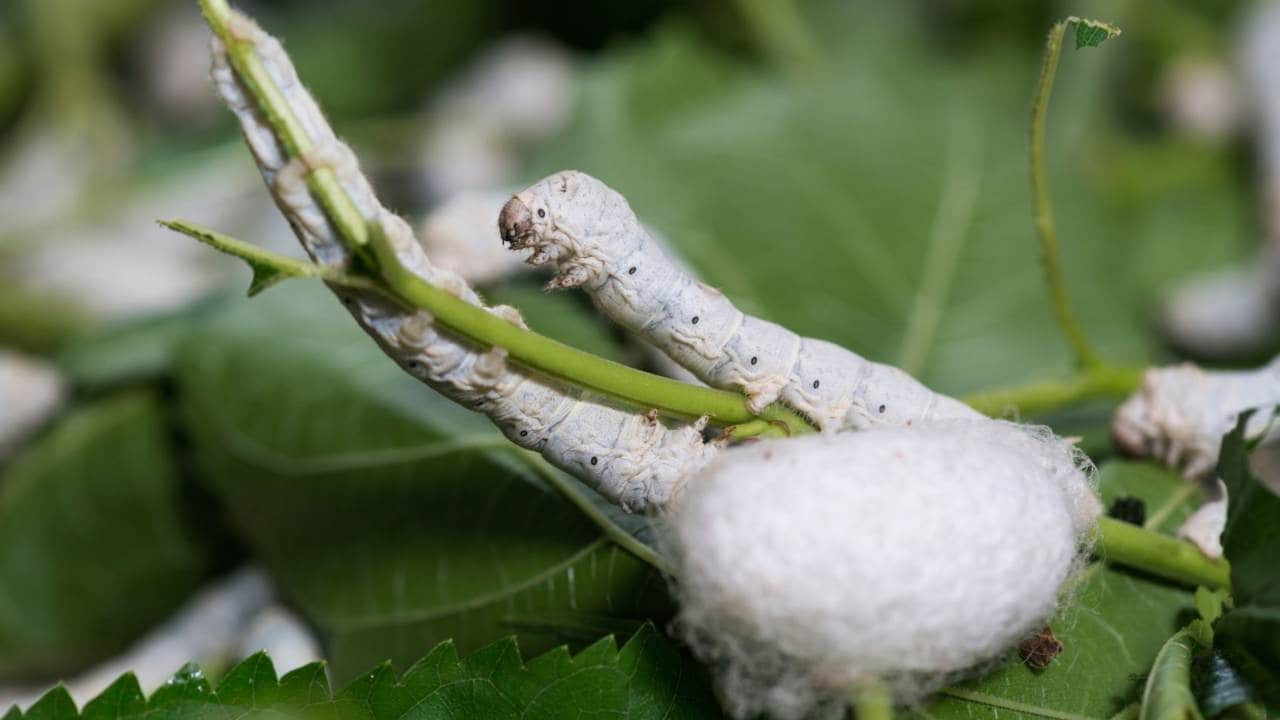
Introduction
Silk is a luxurious and highly sought-after fabric that has been produced for thousands of years. It is made from the cocoons of silkworms, which are small, white, caterpillar-like insects that spin silk around themselves to protect their pupae as they transform into moths. Producing silk from silkworms requires a delicate and precise process, but with the right knowledge and equipment, it can be done at home.
Getting Started

The first step in producing silk from silkworms is to acquire some silkworms and their cocoons. You can purchase these online or from a local supplier. Once you have your silkworms, you will need to provide them with a suitable environment to grow and spin their cocoons. This should include a clean, dry space, fresh mulberry leaves or artificial food, and a temperature of around 77°F.
Feeding and Caring for the Silkworms

After hatching, the silkworms will need to be fed regularly with fresh mulberry leaves or artificial food. They will also need to be kept clean and free from disease. You should check on them daily and remove any dead or diseased worms to prevent the spread of infection. As they grow, they will need more space and food, so be sure to provide for their needs accordingly.
Harvesting the Cocoons

After about a month, the silkworms will spin their cocoons and transform into pupae. This is the time to harvest the cocoons for silk production. To do this, gently remove the cocoons from the silkworms and place them in a warm, dry place for several days to allow the pupae to die and the silk to dry out.
Reeling the Silk

Once the cocoons are dry, they can be reeled to produce silk thread. To do this, place the cocoons in hot water to soften the silk fibers. Use a small brush to find the end of the thread and gently unwind it from the cocoon onto a reel. This process can be repeated several times to produce a stronger, finer silk thread.
Spinning and Weaving the Silk

Once you have your silk thread, it can be spun into yarn and woven into fabric. This requires specialized equipment and skills, but it is possible to do at home with some practice. Alternatively, you can have your silk thread spun and woven by a professional textile mill.
Conclusion
Producing silk from silkworms is a fascinating and rewarding process that can be done at home with some basic equipment and knowledge. With the right care and attention, you can produce your own silk fabric and enjoy the luxury of this beautiful material.